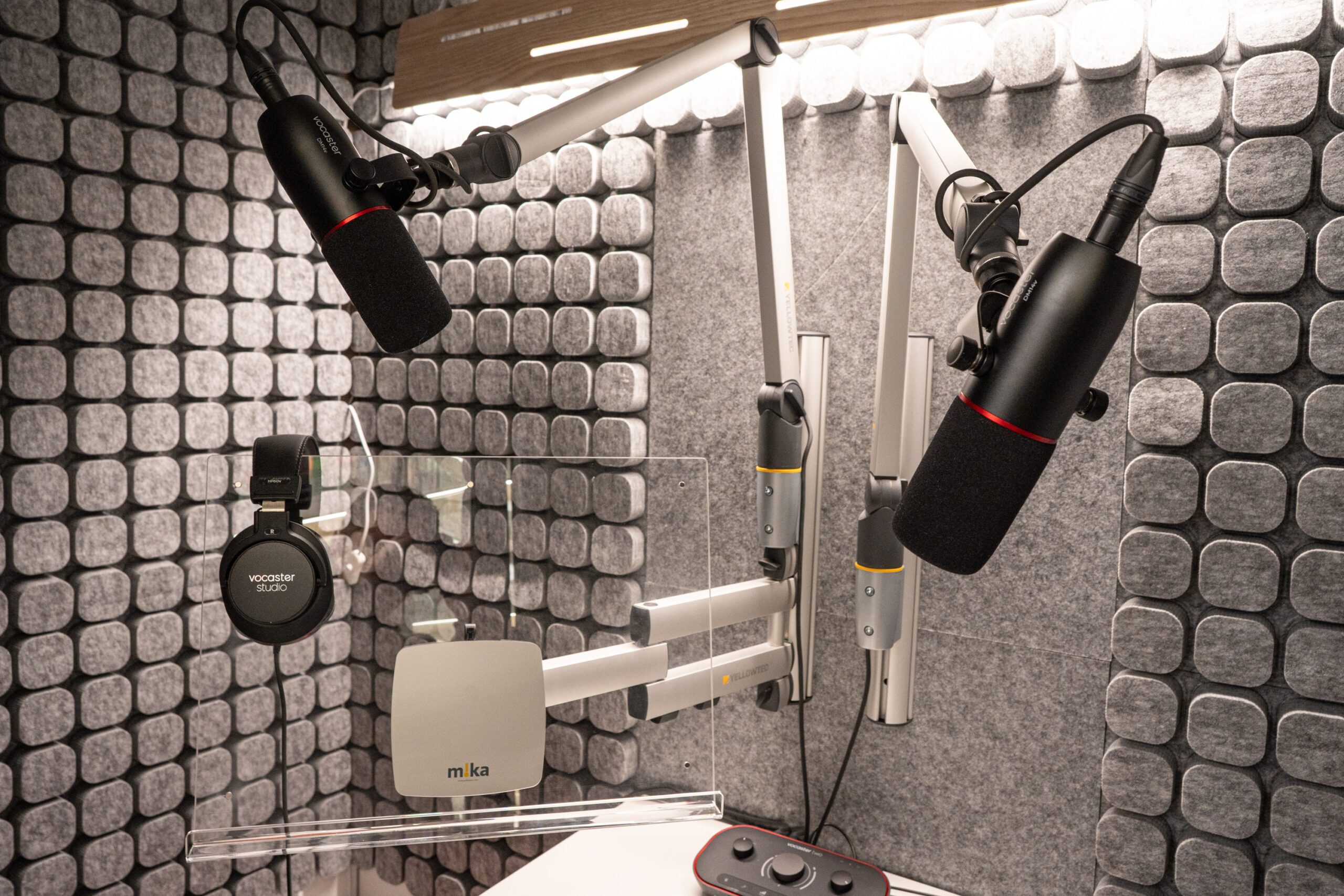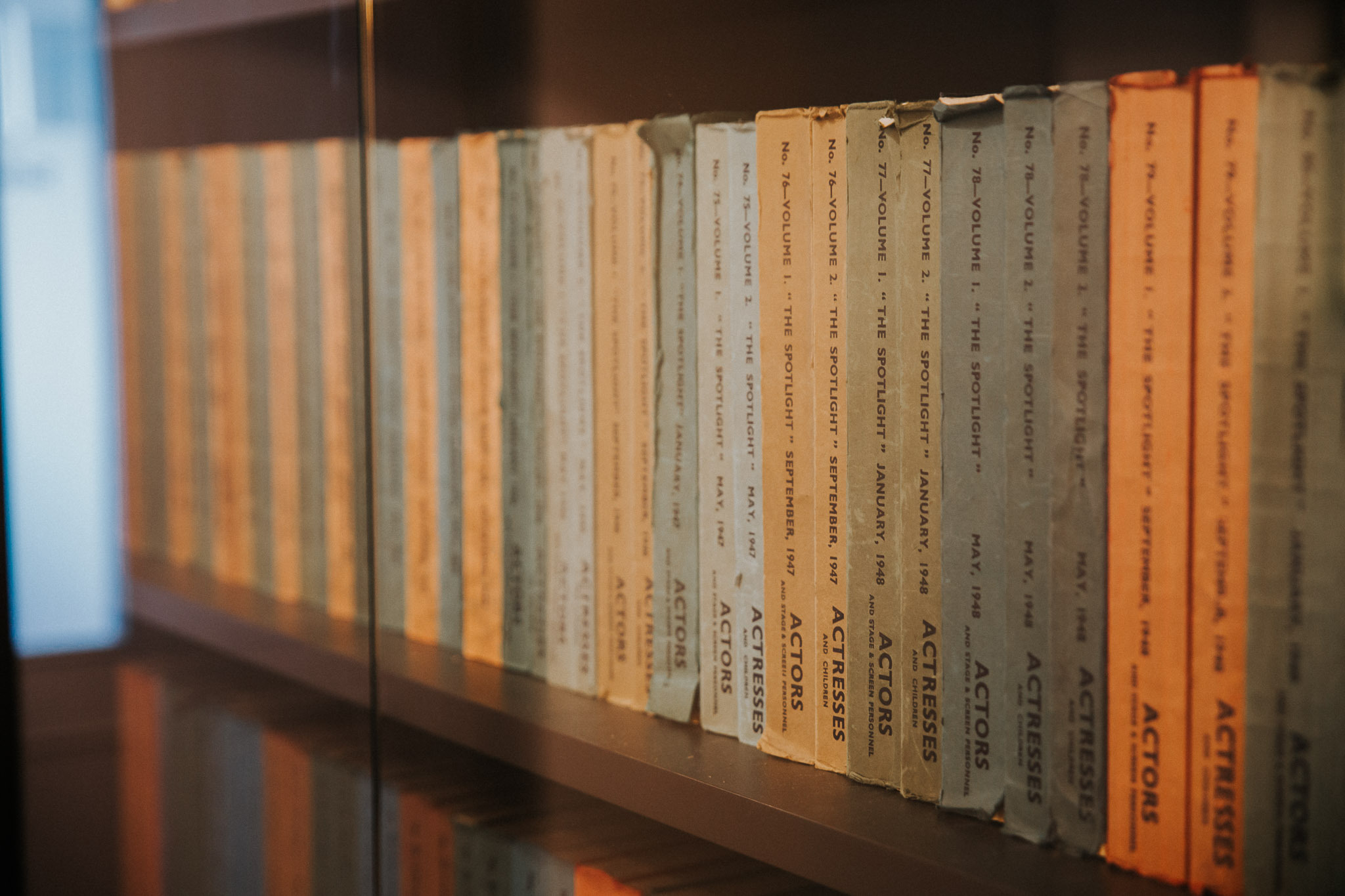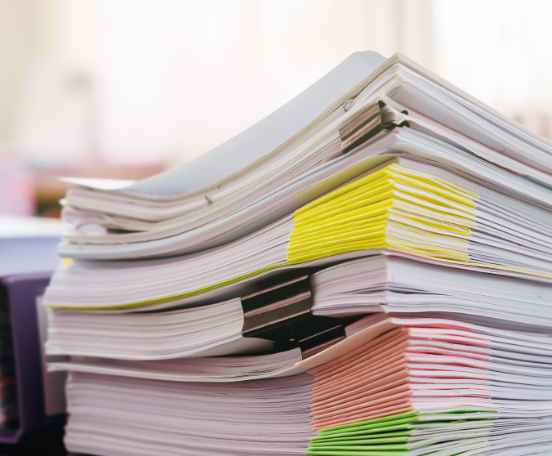Getting self assessment under control with these four steps from 1tap
This article is sponsored by 1tap
If you are a self employed performer submitting a yearly self-assessment tax return, my guess is you are hitting the frenzy stage. With just a few days left until the self assessment deadline on the 31st Jan, you might have a huge pile of muddled receipts, paperwork and agent’s statements. Or else perhaps you’re reading this when the deadline has passed, you are sitting dazed and punch-drunk thinking: I’m never going to let that happen again!
The problem is, like many well intentioned New Year Resolutions, you know that you will likely end up in exactly the same position next year. Unless you change the way you approach your financial and tax affairs. End the worrying and stressing over your return and scrabbling to submit to pay your tax at the last minute!
We’ve come up with four simple steps to help you change both your mindset and your habits and lead you along the path to self-assessment enlightenment! Here we go:
Step 1: Don’t leave it until the last minute
Sounds like an unhelpful case of stating the pretty darn obvious, right? But it is actually the fundamental starting point for banishing your tax woes. Just remember: January the 31st is the absolute last chance saloon! Human nature means that we tend to leave the horrible or boring stuff until we can’t leave it any longer and it would be fair to say that self-assessment, is both horrible and boring for the majority of people. By leaving it until the last minute, not only do you have Christmas and New Year to contend with (an officially stressful time of year), it is also a busy time for the new work year. So why add another big source of stress into the mix?!
The fact of the matter is that assuming your accounting period is April to April, in January 2019 you’ll be reporting on your business activity for the 6th of April 2017 up until the 5th of April 2018. This means if you get yourself up to date and organised, you are actually able to submit your self assessment from the 7th of April! Imagine that, nine months of stress free luxury ahead of you. But is that realistic? Well, with all the best will in the world, probably not immediately (especially if you’ve got a lot of catching up to do) – but you can be in a position to submit it by the end of summer.
Step 2: Get up to date
Between the 31st of Jan 2018 and the 5th April 2018 you have two solid months to catch up and get everything straight. Let’s do this! We’re not talking about filling out your self-assessment yet. Just start by pulling together the receipts you have strewn around the house, car and everywhere in between, alongside your income records (agent statements, payslips for employed work, invoices you’ve sent for self employed work, etc). This is something you end up doing at some point anyway – let’s get it out of the way now!
If you set yourself a goal of getting all your income and expenses up to date by the end of February, you can move to the next step.
Step 3: Record as you go
It’s the 1st of March and let’s assume you’ve managed to get yourself up to date (well done!). You’ve actually done the hardest part now and it’s time to focus on keeping up to date – and that means recording as you go.
There are many, many benefits of recording your income and expenses as you go. It’s a fact that 4 out of 5 self-employed people don’t claim all the expenses they are entitled to. The two main reasons for this are lost or damaged receipts and not knowing what you can claim for.
The app 1tap receipts allows you to photograph your receipts regularly (ideally daily or weekly), so that you not only guard against losing them, but they are also automatically categorised for you in the 9 recognised HMRC categories. If you also record all your self-employed income in 1tap tax as you are paid (this time, weekly or monthly is ideal) you’ll have a clear overview of your potential tax calculation at all times! It’s all safely stored and available to view in the app. You can either download a comprehensive spreadsheet or just enter your totals into HMRC directly.
The real trick is to get into the habit of recording as you go. It might be a bit alien at first, but once you get into that habit it becomes second nature. It’ll also set you up for the changes to the tax system in the next few years – when everyone will be completing quarterly returns for HMRC (see Making Tax Digital for more info).
Step 4: Tackle your self assessment in bits
We’re now up to date and recording income and expenses as we go. It’s summertime and self-assessment is not taking priority in our minds over ice creams and swimming pools…. But let’s finish this!
First thing’s first: the online self assessment process is now much ‘smarter’ – no more paper forms to fill in or manual calculations to make if you file online. Also, If your turnover is under £82,000 for the tax year you are filing for (which, let’s face it, accounts for the vast majority of the UK’s self-employed performers!), you are able to submit your self assessment return using the shortened method. Filing online means that instead of having to enter “N/A” in boxes that aren’t relevant to you, you’re only presented with the boxes you need to complete, based on your previous answers – and this does the calculations for you!
Even though the return process is potentially much shorter and less painful than in the past, many people procrastinate about doing their return using the excuse that they need to set aside a block of time. In actual fact, you are able to fill out part of your return and save your progress when filing online. So if it makes self assessment mentally more manageable for you, try doing it in small sections.
If you have taken paid employment in a tax year, you may need to wait for a P60 from your employer/s detailing the wages you’ve been paid as well. But otherwise, save as you go!
Encore!
That’s it! You’re done! Give yourself a round of applause – your self assessment is filed with at least five months to spare. Which means that you now have time to save up any tax that you owe. You can still pay it at the last minute – we won’t argue with you on that!
So, in the style of a catchy government public information campaign, remember these points:
Don’t Wait – Up to date – Record and Tackle!
That’s all folks!
1tap was designed to help the growing number of self-employed around the world. “Our mission at 1tap is very simple, we want to make self employment as easy as being employed,” says CEO Nicholas Bartlett. “That means a musician should be able to focus on making music and never worry about their accounting. With proven success in the UK we are now taking this vision to the continent and beyond.” 1tap receipts make it possible to turn a paper receipt into a tax claimable business expense with just a single tap. It was developed with providing the most optimal solution provided by the current technologies and HMRC’s Making Tax Digital initiative. We are very proud to be a part of their “Record keeping and Simpler Income Tax applications/software” list.
If you’re interested in trying the 1tap apps, we’ve got a special 20% off offer for Spotlight readers!



















